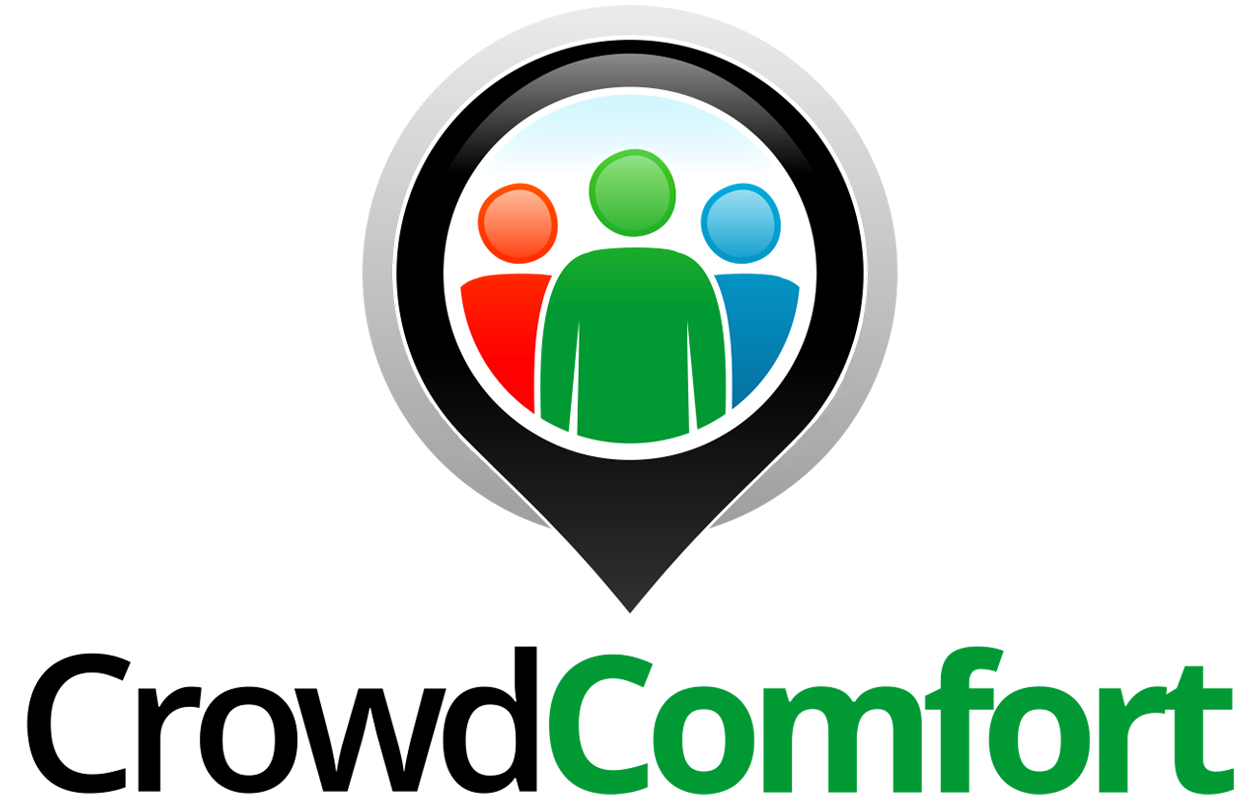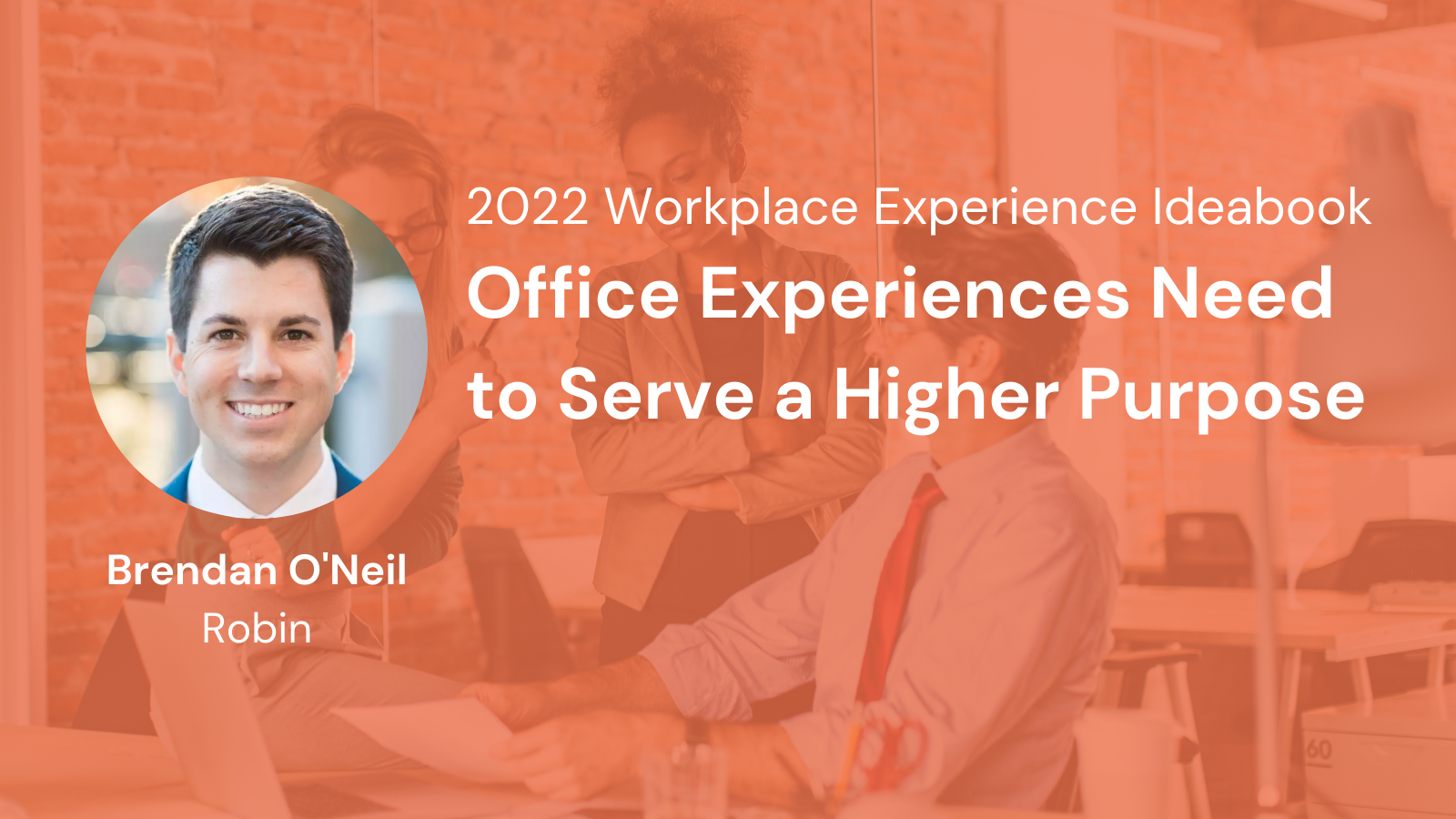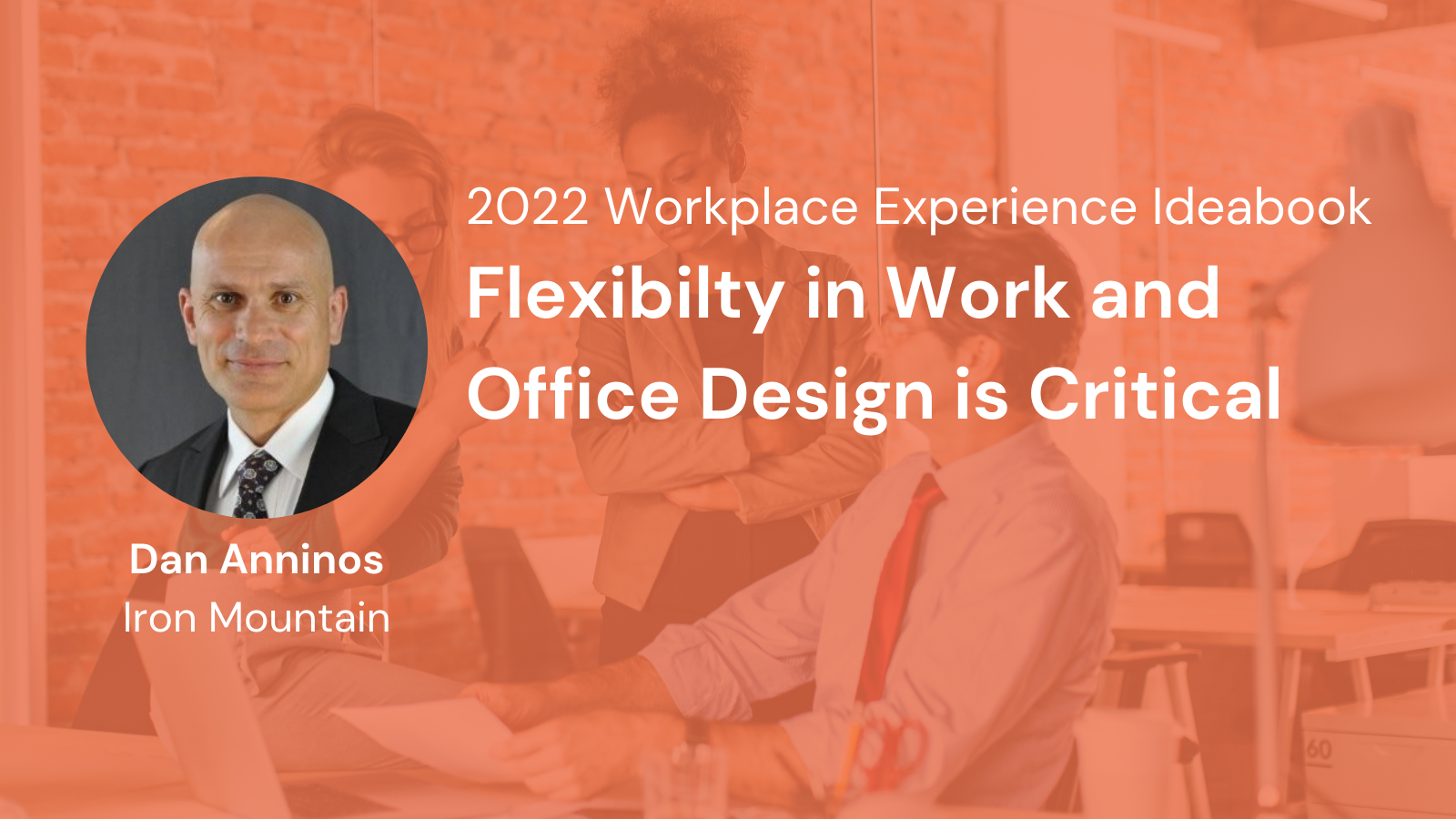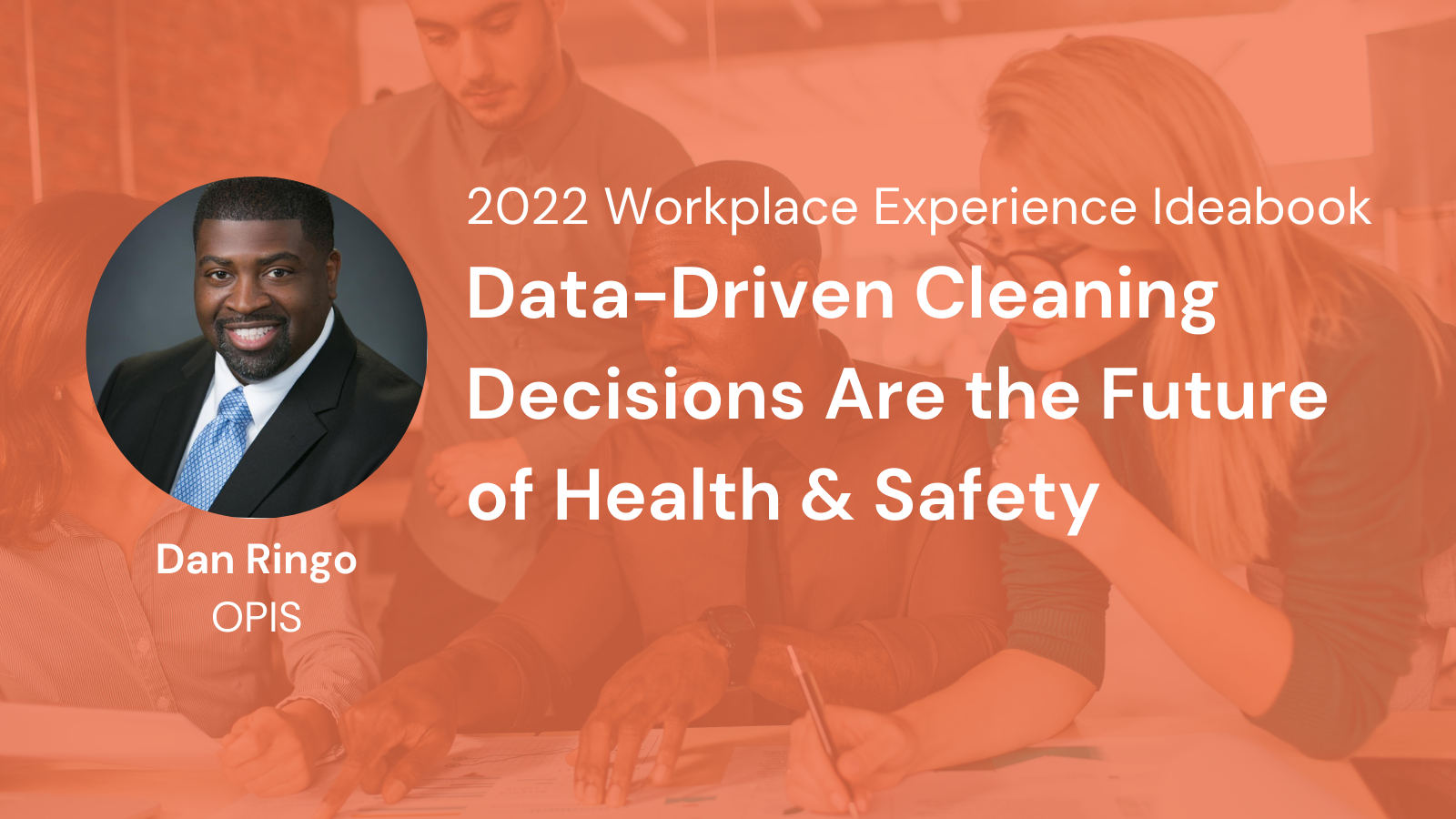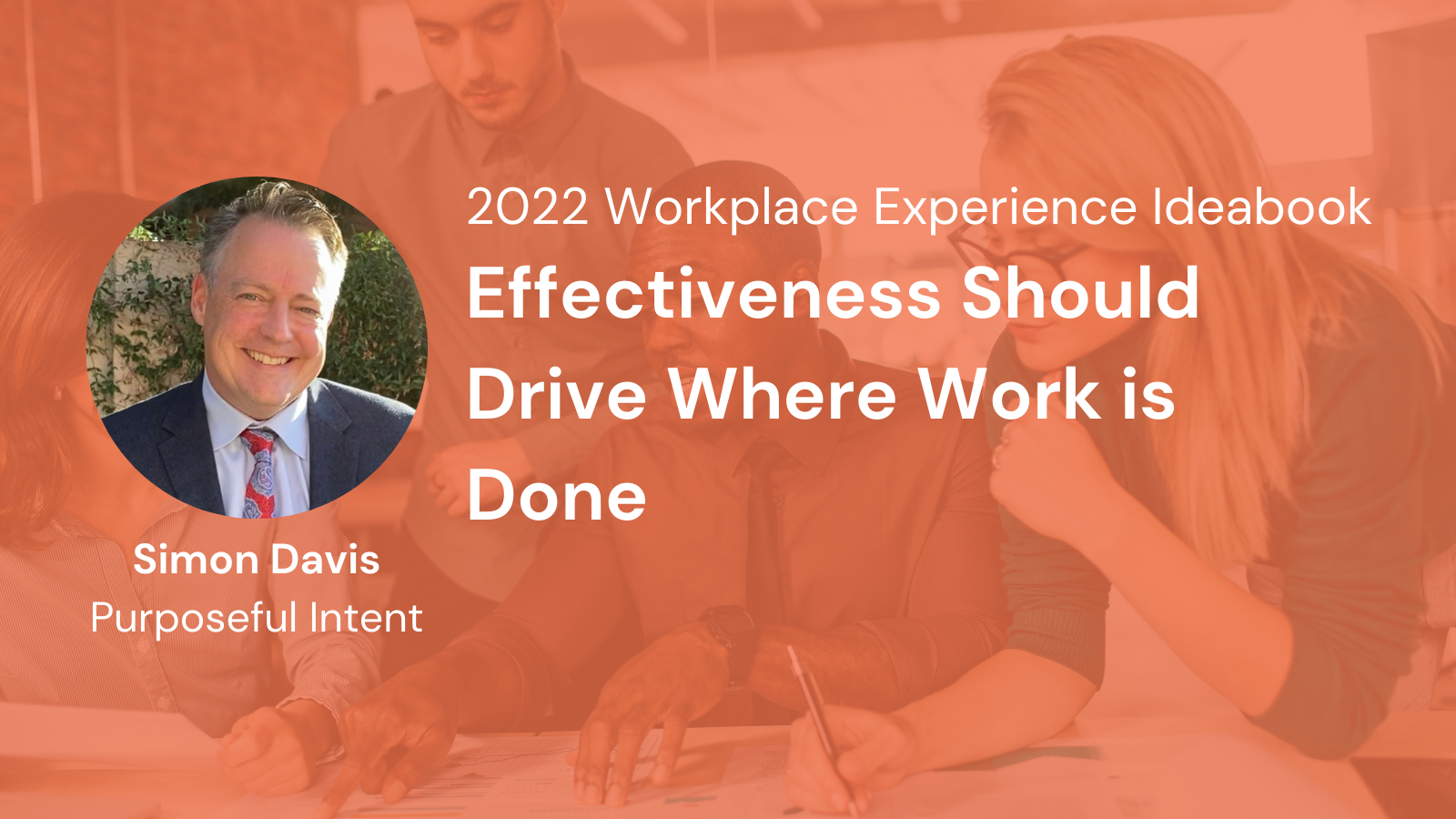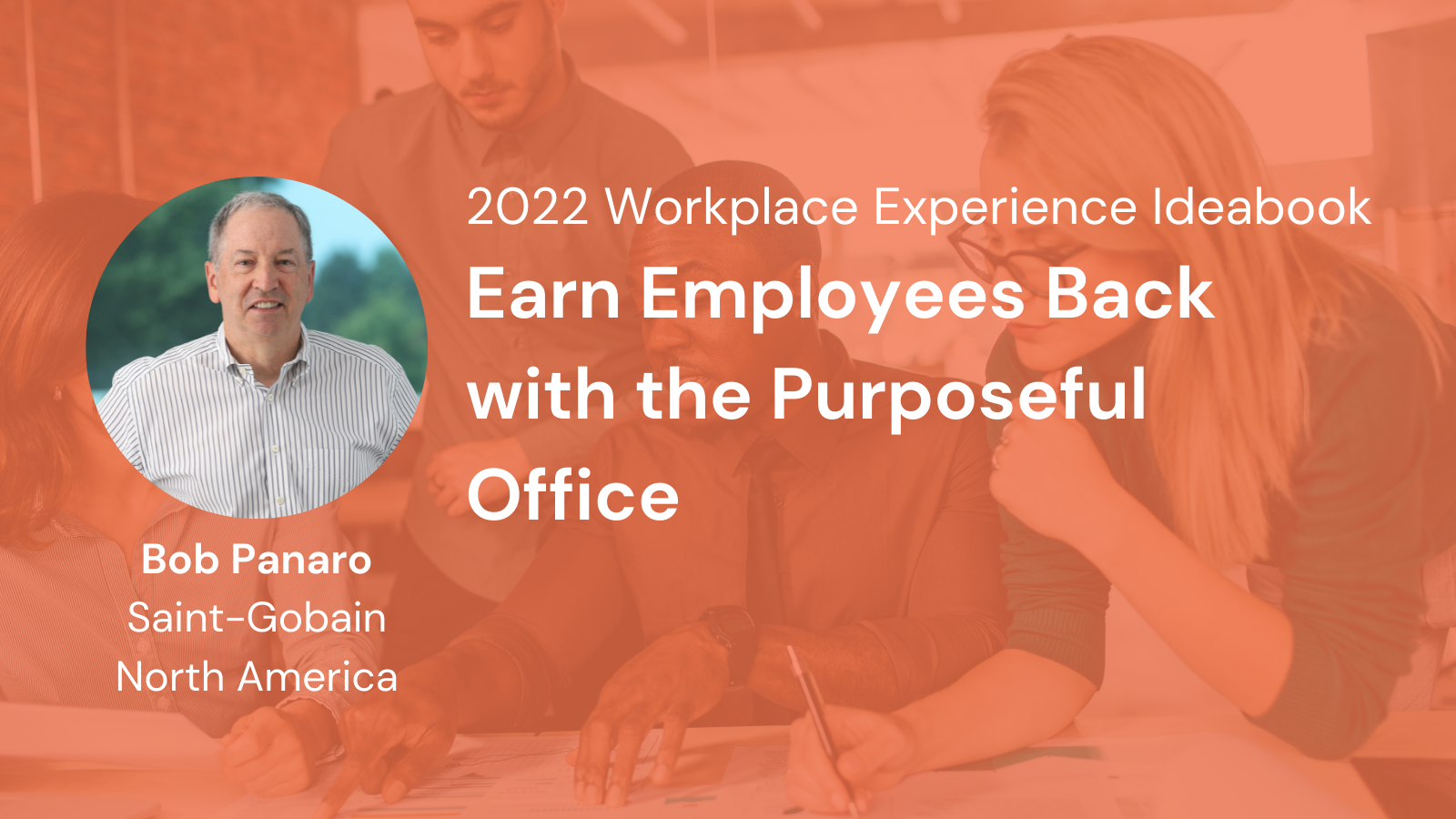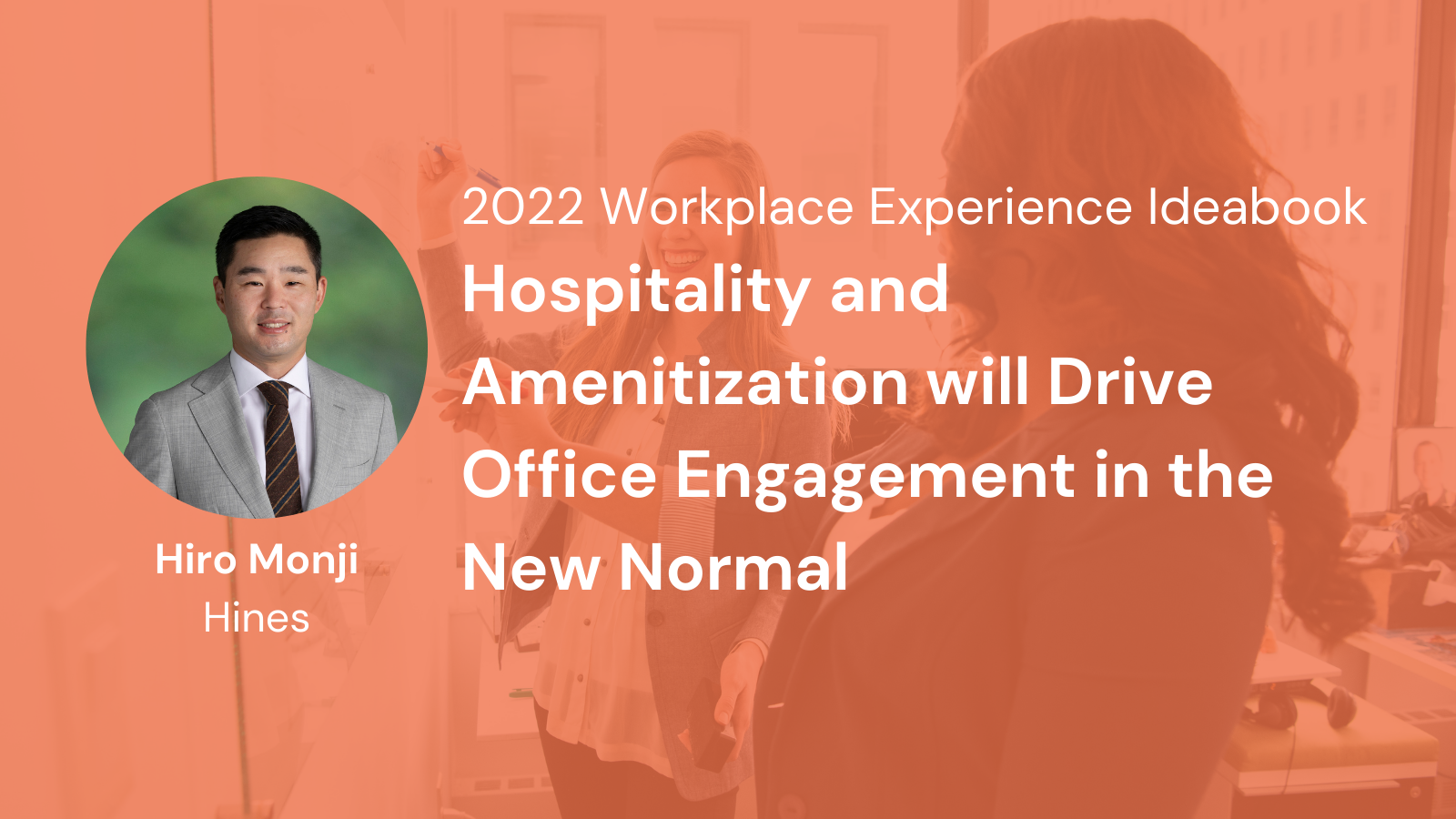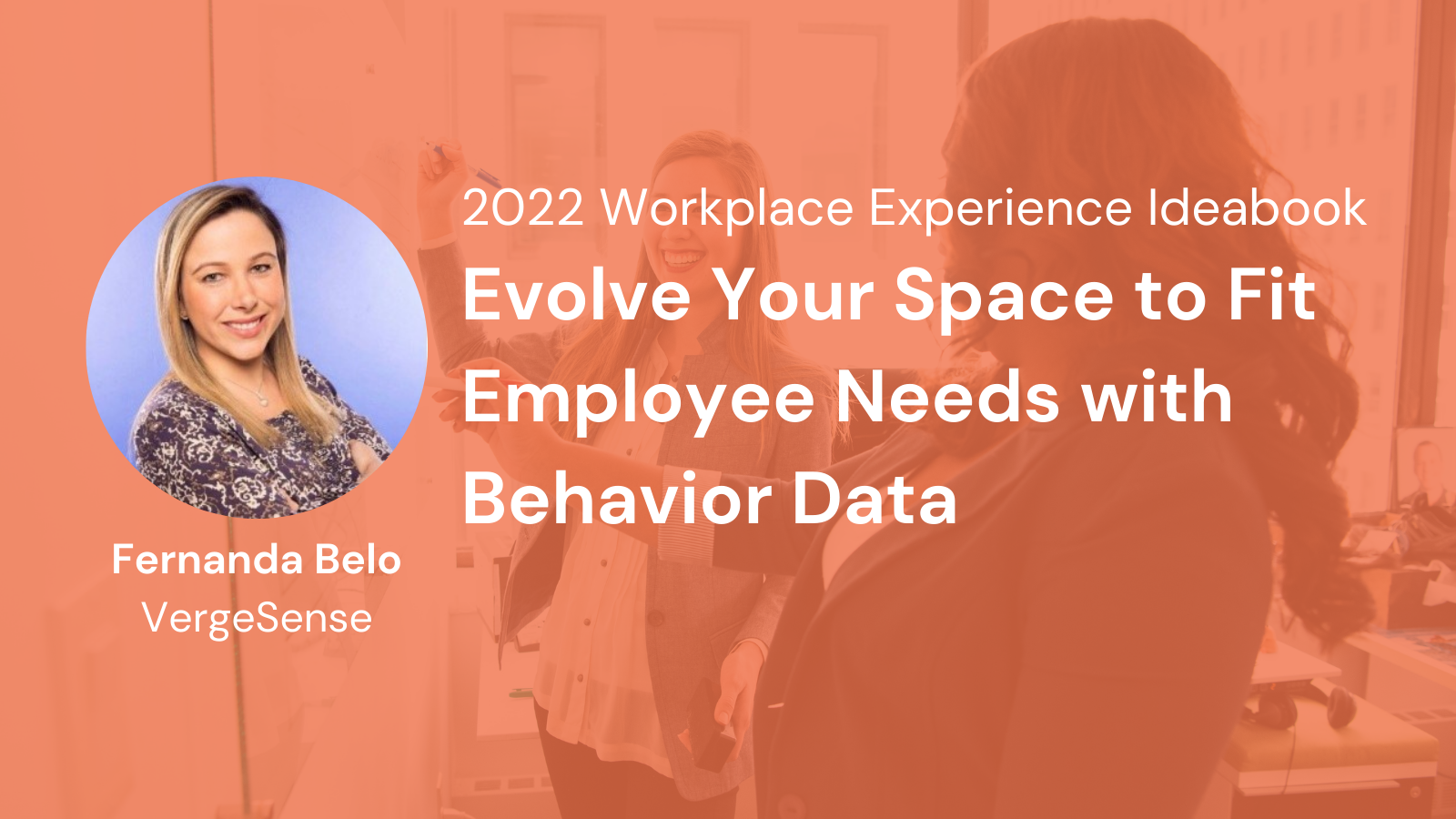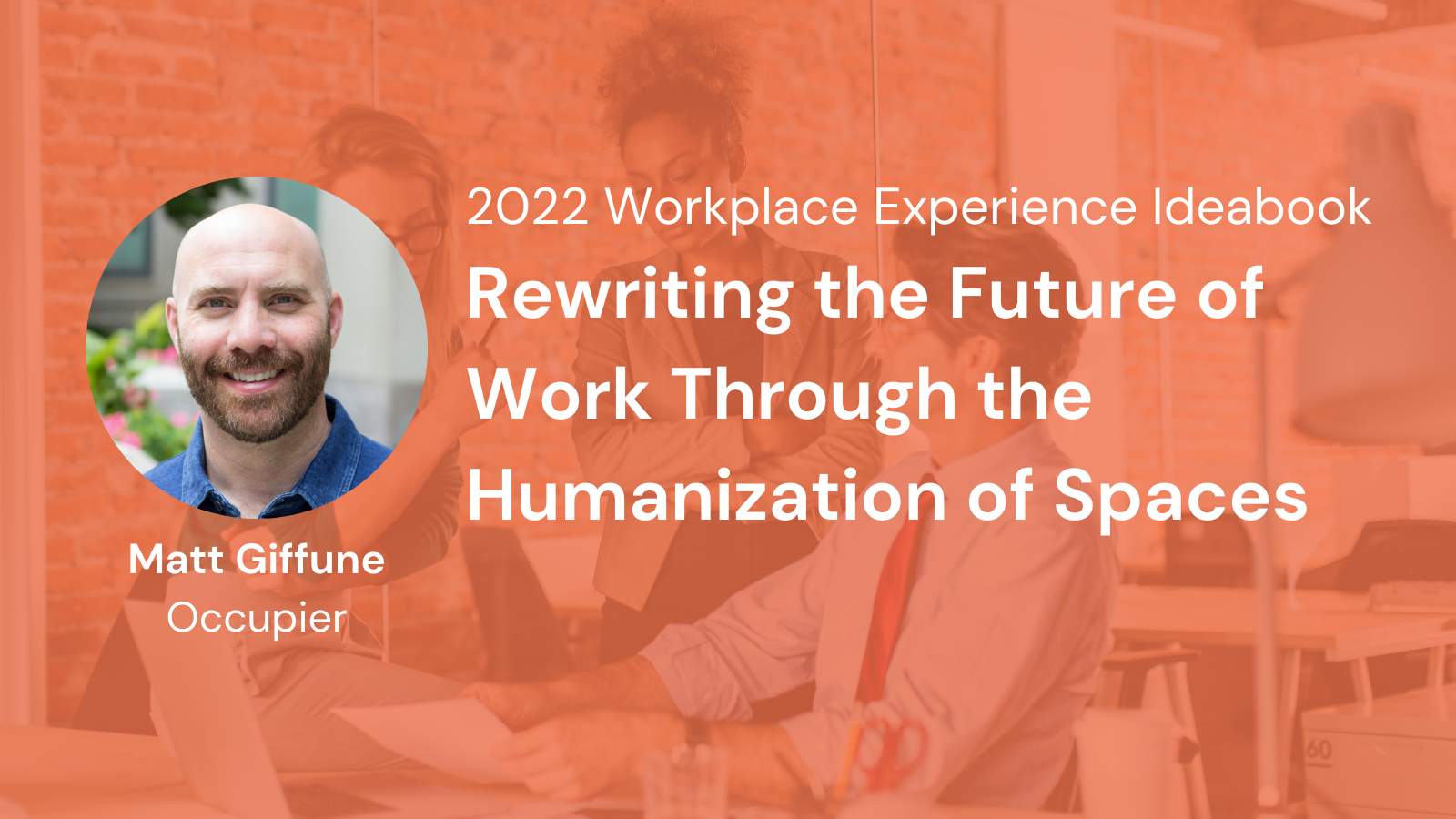
Employees want community, flexibility, and accessibility. In 2021, our office users increased their location count by 38%. That stat is the result of office occupiers adopting hybrid models and smaller footprints to accommodate employees who have moved away from cities. Employees want to be closer to home, closer to their families, and closer to their everyday lives.
